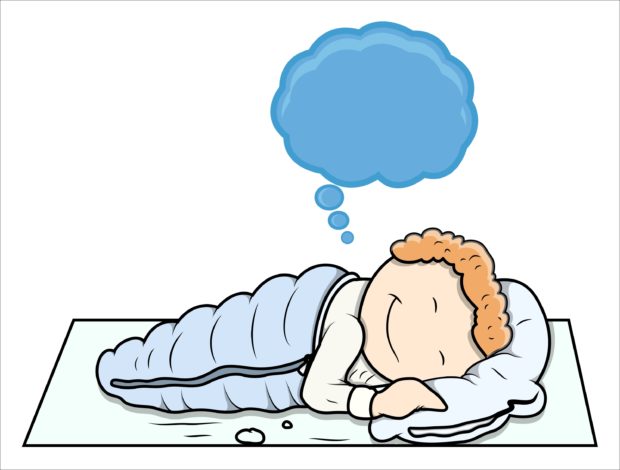Scientists have been trying to find self-sustaining fusion for a long time.
Currently, all nuclear energy comes from fission.
Splitting a Uranium atom in half and getting a lot of energy.
That energy is used to boil water which turns turbines which generates electricity.
Fusion is much safer than fission.
Fission creates accidents like Chernobyl and Fukushima.
Fusion is what powers all of the stars, (including the sun) and subsequently all life on Earth.
On a personal level, we all require energy with every movement.
We store energy, burn energy and consume energy.
You might describe us biologically as “energy pumps.”
Every take we take in (eat) energy and expend (move) energy.
We continuously pump energy in and out.
But just like fusion, we too have access to a virtually unlimited energy source.
Those who have tapped this have created great empires.
Manifested great works of art.
And solved scientific riddles to cure diseases and extend the length of our lives.
What is this virtually unlimited energy source?
It is only a thought away.
But it is so well hidden we RARELY recognize it.
We don’t like to talk about it.
Some of us have even been conditioned to feel guilty when we think about it.
But it is always there.
Napoleon Hill recognized it in the great leaders and empire builders he studied.
He also noted its misuse among the most poor that he studied.
How you use it is up to you.
But you do have it.
Learn More:









